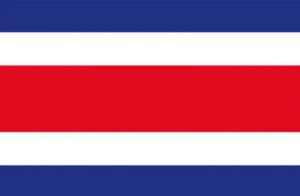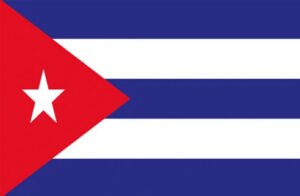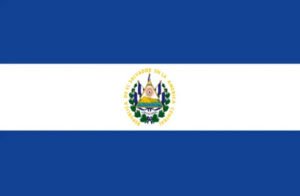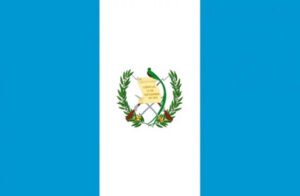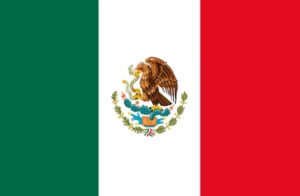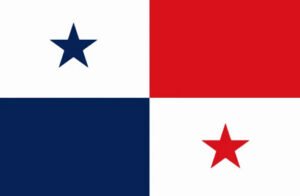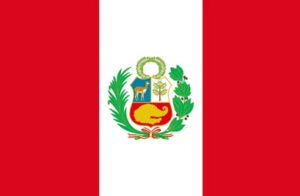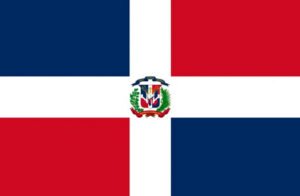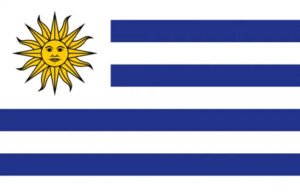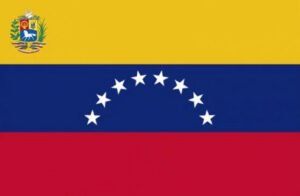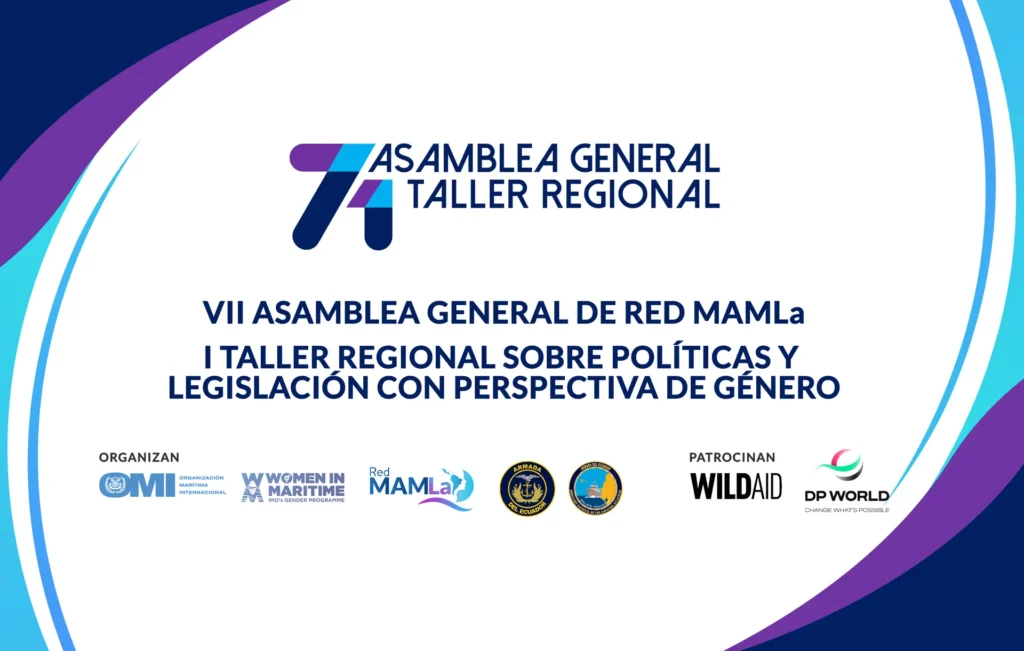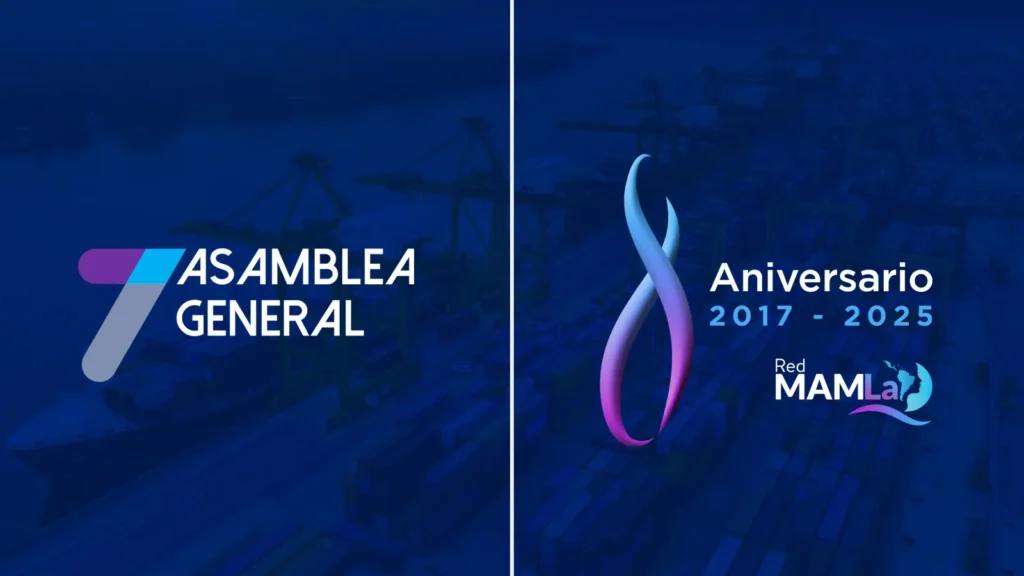
Conferencia Regional y 8° Aniversario de Red MAMLa
Modalidad Virtual
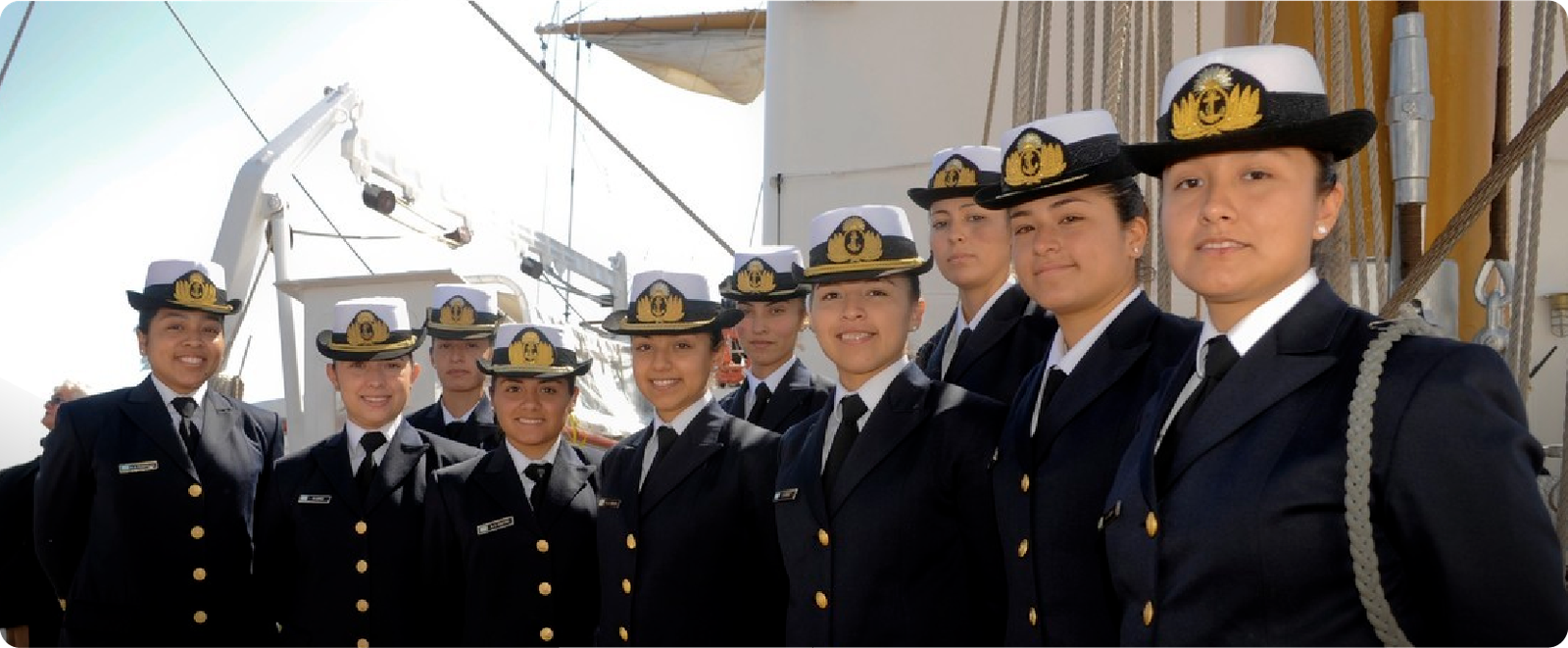
195 días en la fragata "Libertad"
46 Viaje de instrucción
Argentina
VII Asamblea General de Red MAMLa
Ecuador 2025
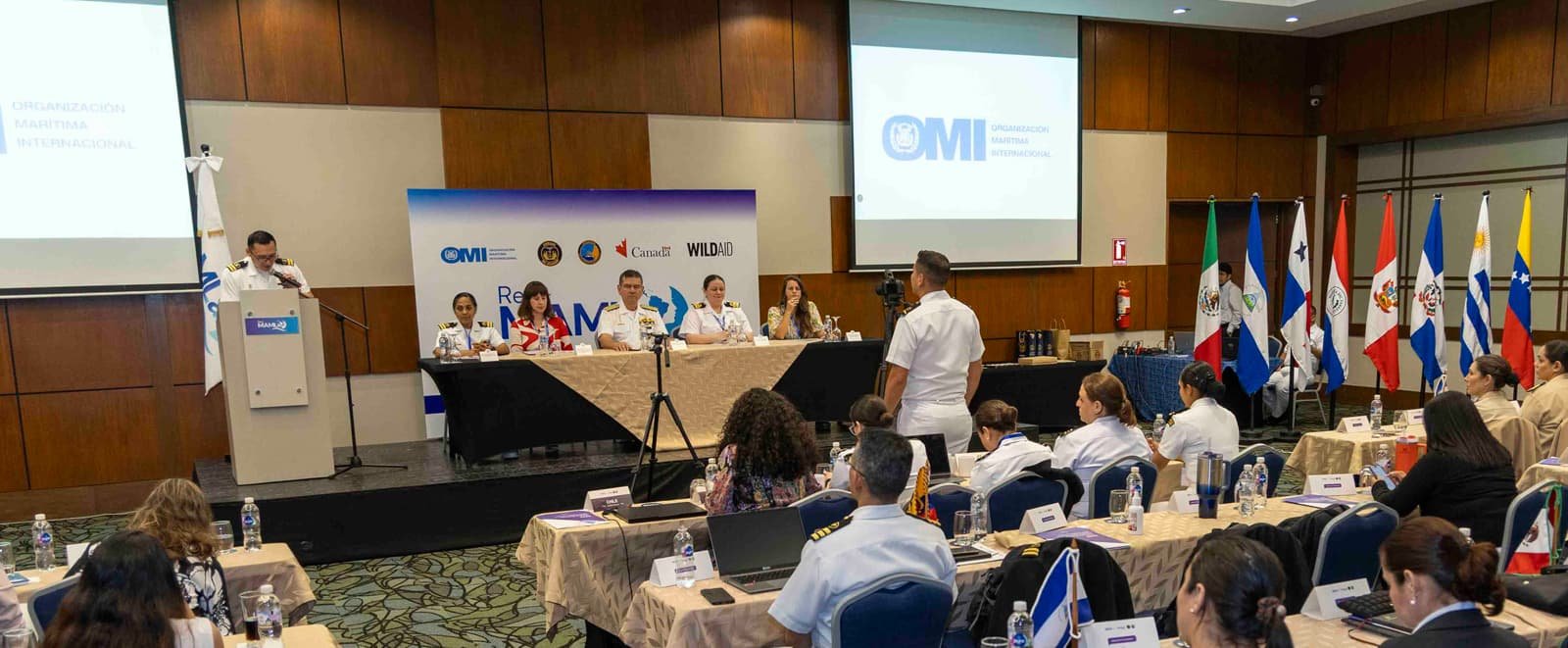
I Taller Regional sobre Políticas y Legislación con Perspectiva de Género
Organización Marítima Internacional – Red MAMLa
EcuadorThe sea unites us
We seek to integrate women from Latin America who work in the maritime and port sector.

The Network of Women in Maritime Authorities of Latin America: RED MAMLA
We are one of the eight Women in Maritime Associations (WIMA) established under the International Maritime Organization (IMO) Gender Programme.
Our work is focused on creating spaces and opportunities that promote the comprehensive development of women in the maritime sector across the region.
News Blog
VIEW ALL NEWS →
MESSAGE FROM THE PRESIDENCY ON THE OCCASION OF THE 8TH ANNIVERSARY OF MAMLa NETWORK
Dear Members,Today, we celebrate eight years of our Network’s life with great emotion. These past eight years have been filled…
CONTINUE READING

MACh NETWORK AND MAMLa NETWORK MEETING: STRENGTHENING COOPERATION AMONG WOMEN IN THE MARITIME INDUSTRY
The Chilean Women Customs Officers Network (Red MACh) extended a special invitation to our Honorary Member and Web Editor of…
CONTINUE READING

IMO UNVEILS NEW LOGO AND VISUAL IDENTITY
The International Maritime Organization (IMO) officially announced the update of its logo and visual identity during the 34th session of…
CONTINUE READING
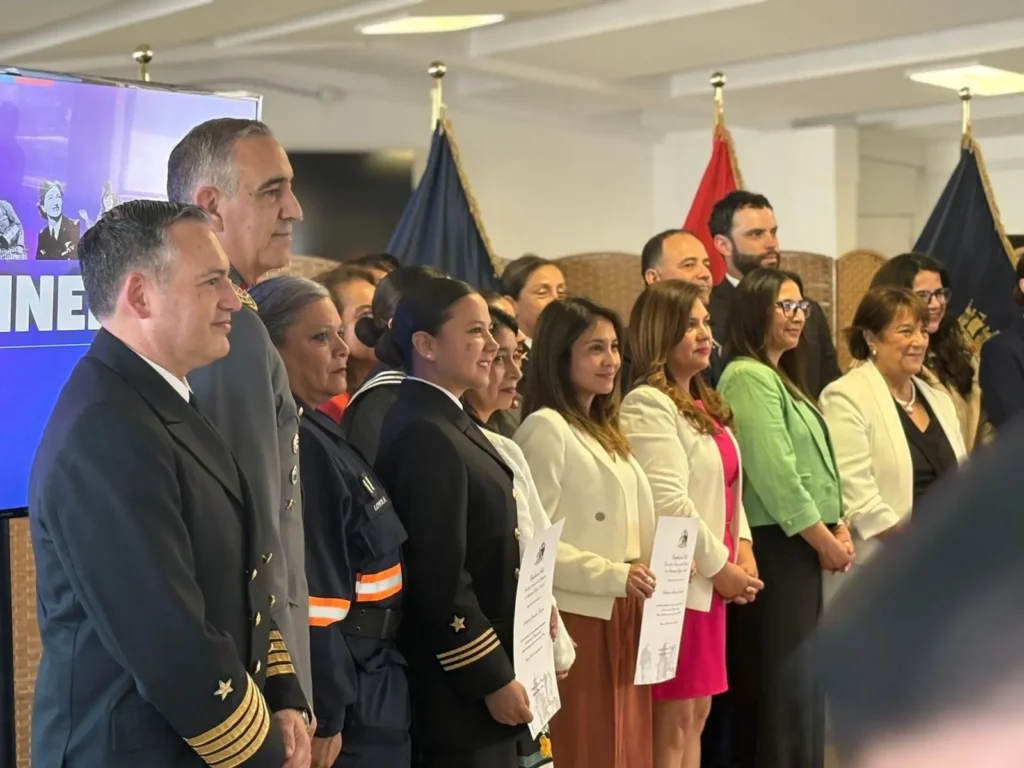
FIRST LIEUTENANT CATHERINE GONZÁLEZ PIZARRO HONORED ON NATIONAL DAY OF THE CANTINERAS
In commemoration of National Day of the Cantineras, an event that recognizes the women who supported Chilean troops during the…
CONTINUE READING
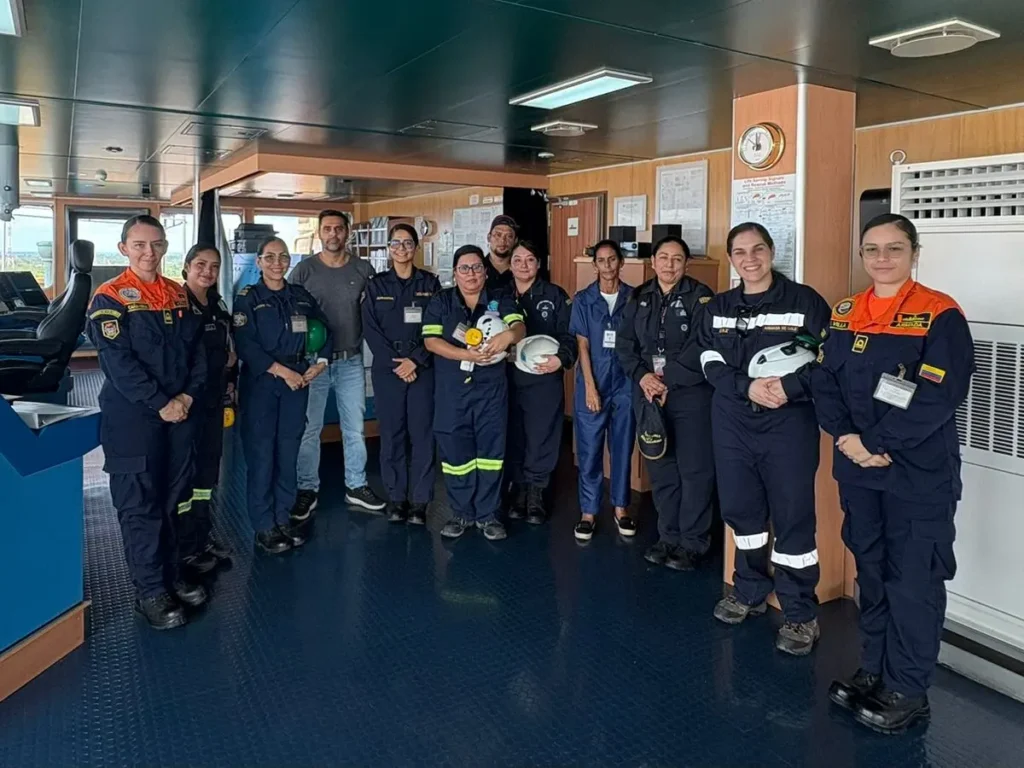
RED MAMLa CELEBRATES THE FIRST COURSE FOR WOMEN PORT STATE CONTROL OFFICERS
Red MAMLa celebrates the completion of the first course for women Port State Control Officers (OSERP), developed within the framework…
CONTINUE READING
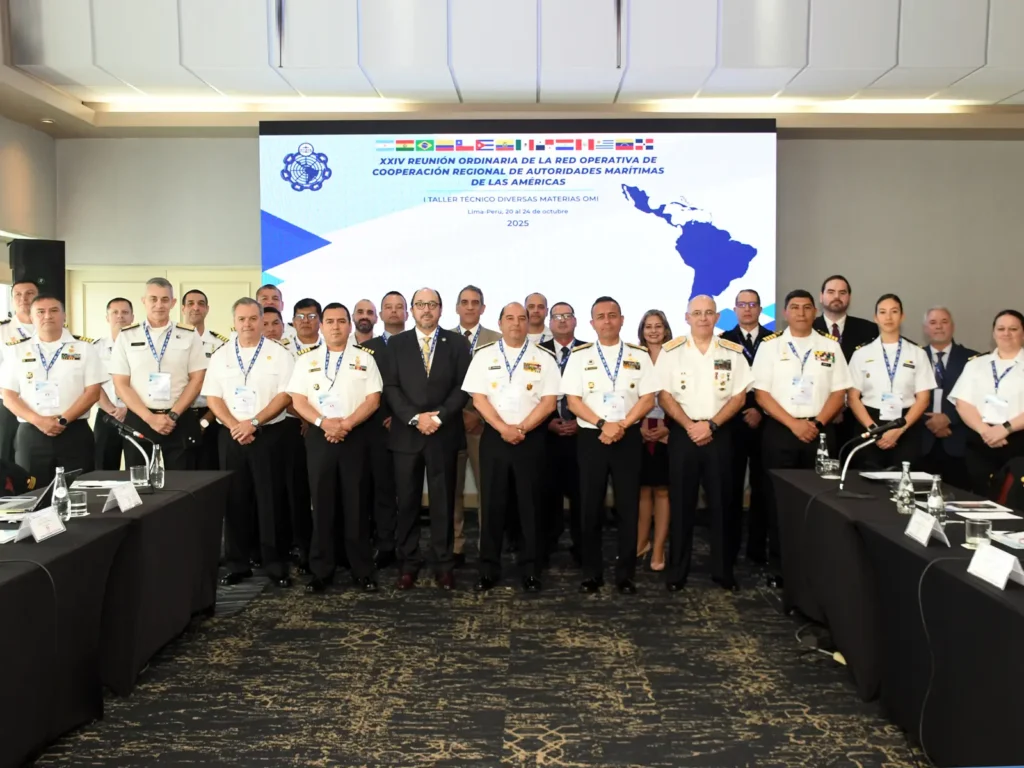
RED MAMLa PARTICIPATES IN THE XXIV REGULAR MEETING OF ROCRAM
The XXIV Ordinary Meeting of the Regional Cooperation Network of Maritime Authorities of the Americas (ROCRAM) was held in Lima,…
CONTINUE READING
Maritime Chronicles
VIEW ALL CHRONICLES →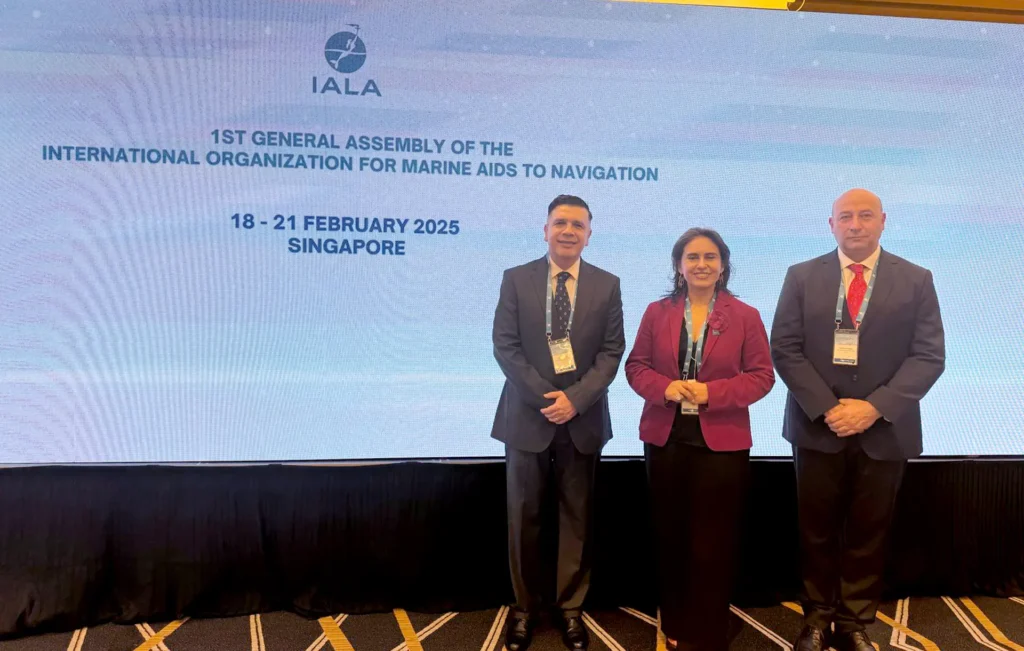
CHILE AT THE IALA COUNCIL: REGIONAL LEADERSHIP IN GLOBAL MARITIME GOVERNANCE
Chile’s election as a member of the Council of the International Association of Maritime Signaling Authorities (IALA), in its new…
CONTINUE READING
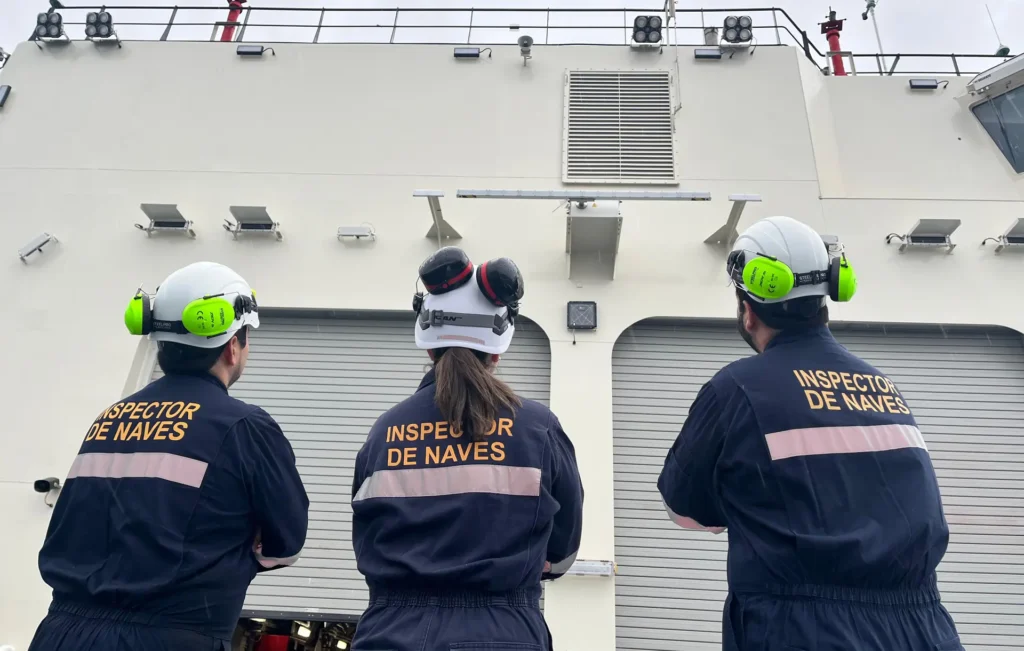
NAVAL ENGINEERING: THE FOUNDATION OF MARITIME SAFETY
In the vast maritime arena that connects continents, cultures, and economies, maritime safety has become an indispensable requirement for global…
CONTINUE READING

CLIMATE REGULATION AND PROSPECTS FOR THE INCLUSION OF MARITIME SUPPORT
1.- INTRODUCTION Between March 31 and April 11, 2025, the International Maritime Organization (IMO) held a series of key meetings…
CONTINUE READING
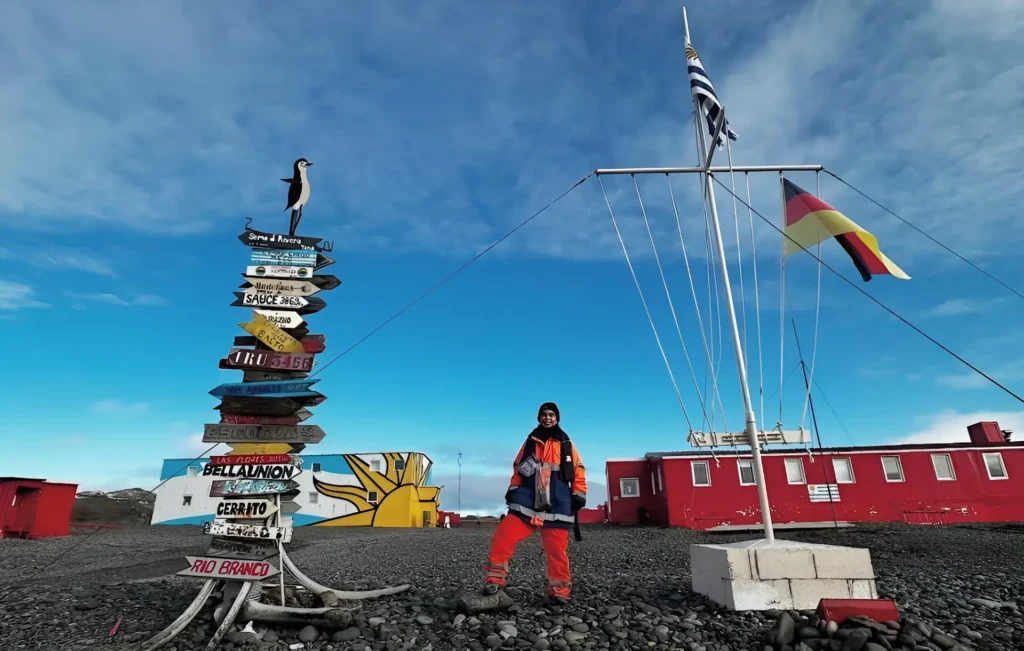
PARADISIACAL DEFEAT TO ANTARCTIC PARADISE
I thought of several alternatives to name this chronicle, “The Antarctic Paradise”, “The White Continent”, “Everyone’s Antarctica”, but none of…
CONTINUE READING
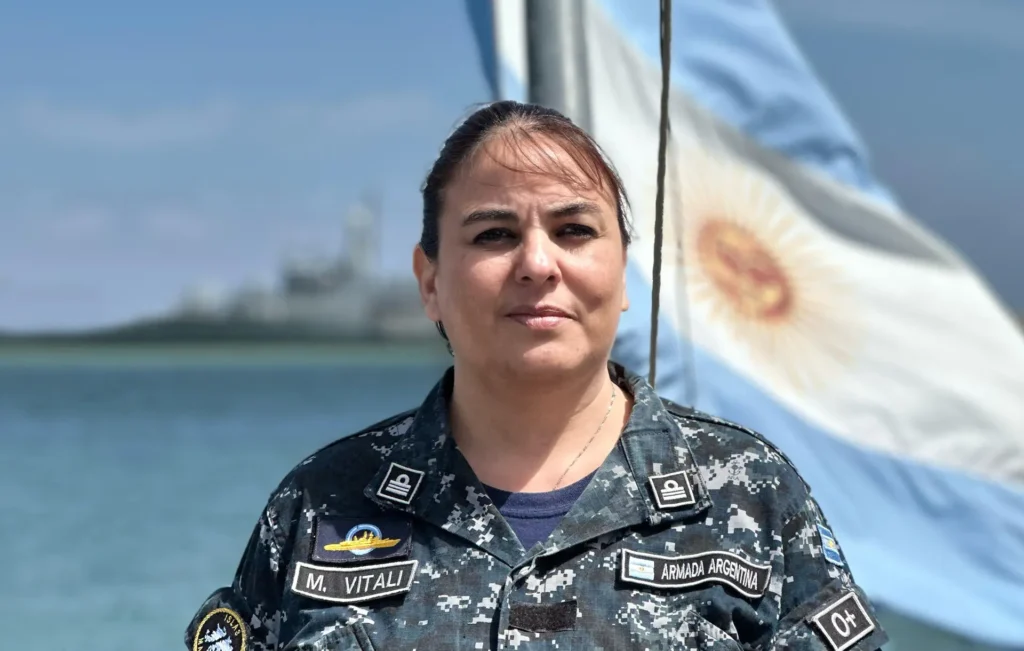
SAILING THROUGH CHALLENGES
I knew I wanted to be a military woman before I learned how to ride a bicycle. At the age…
CONTINUE READING

NEW STRATEGY FOR WIMAS: A TRANSFORMATIVE APPROACH TO MARITIME INCLUSION
The maritime sector has undergone a progressive and very significant transformation in recent years through various initiatives, including the adoption…
CONTINUE READING
Gallery & Multimedia
VIEW ALL GALLERY & MULTIMEDIA →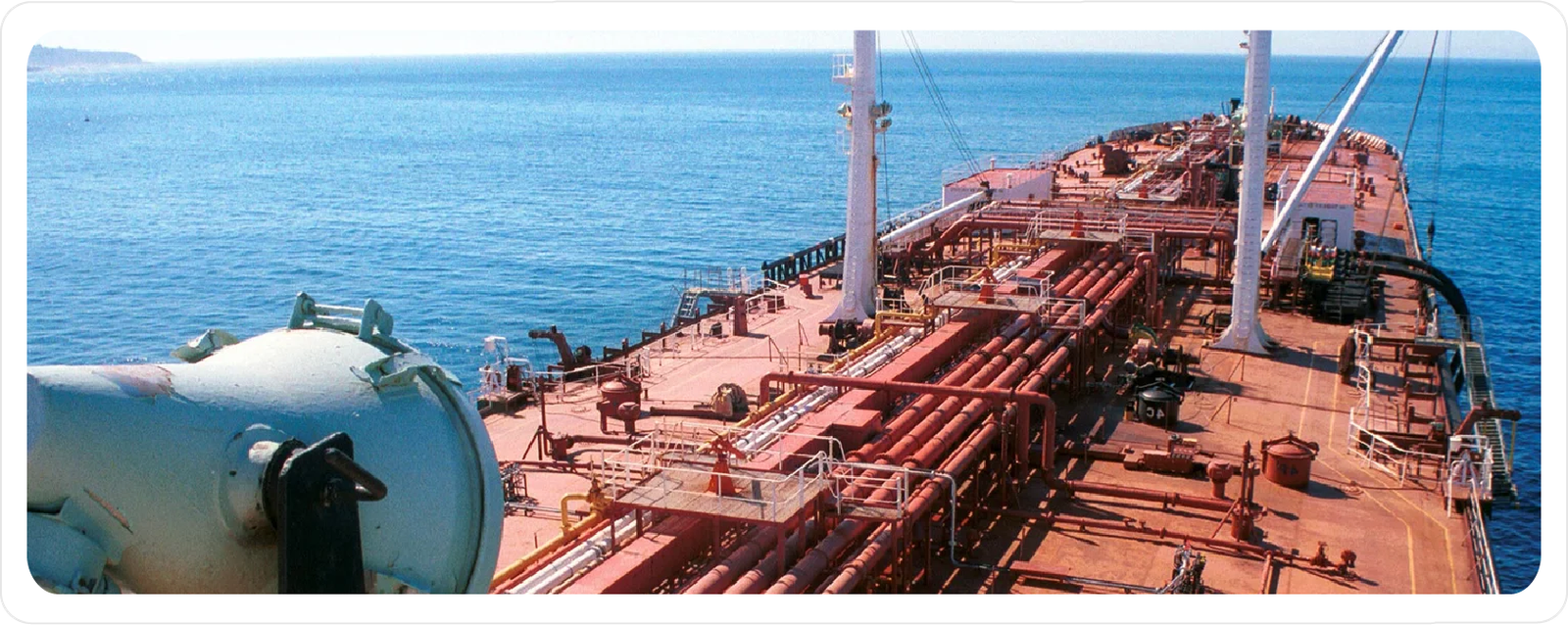
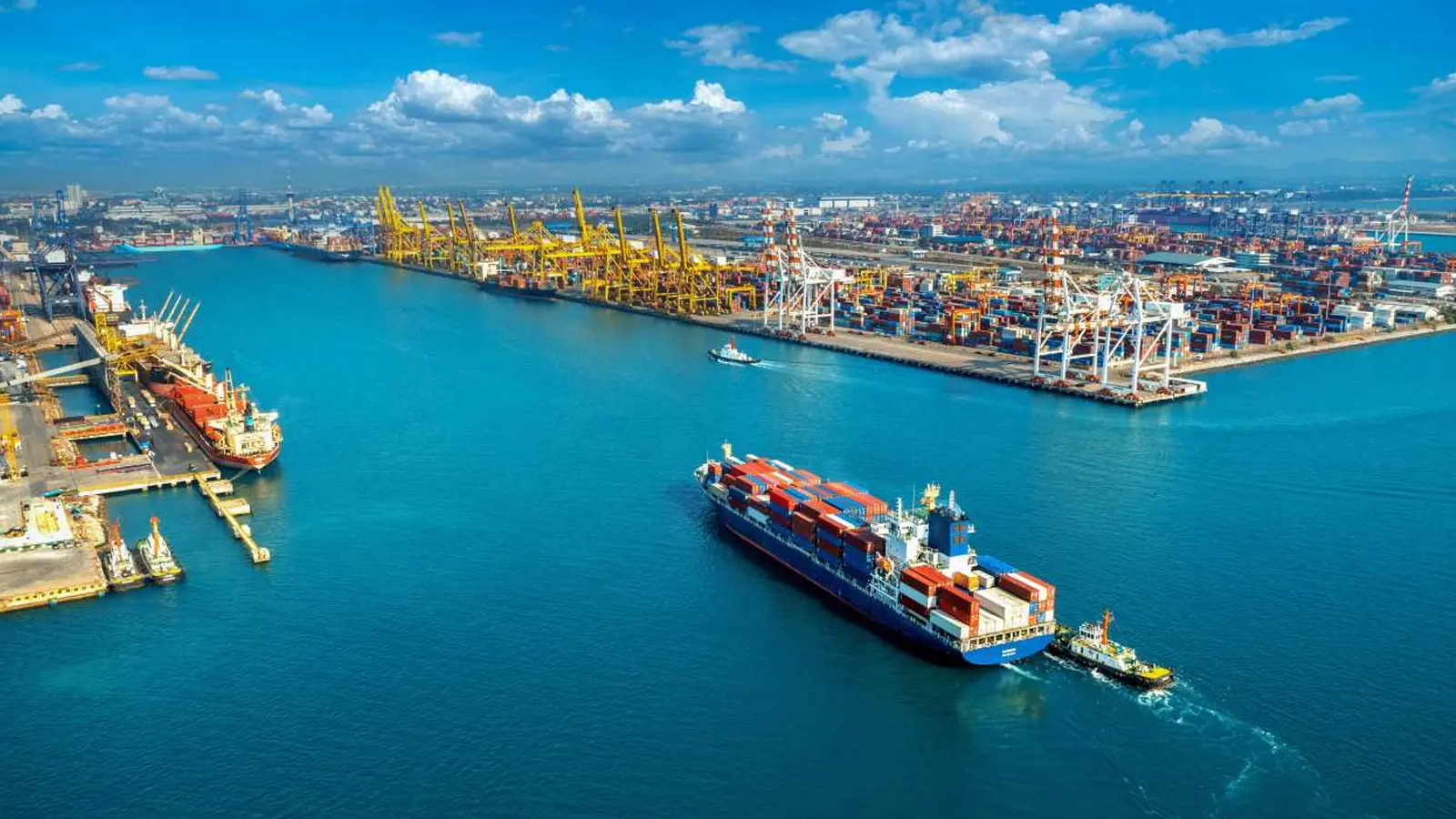


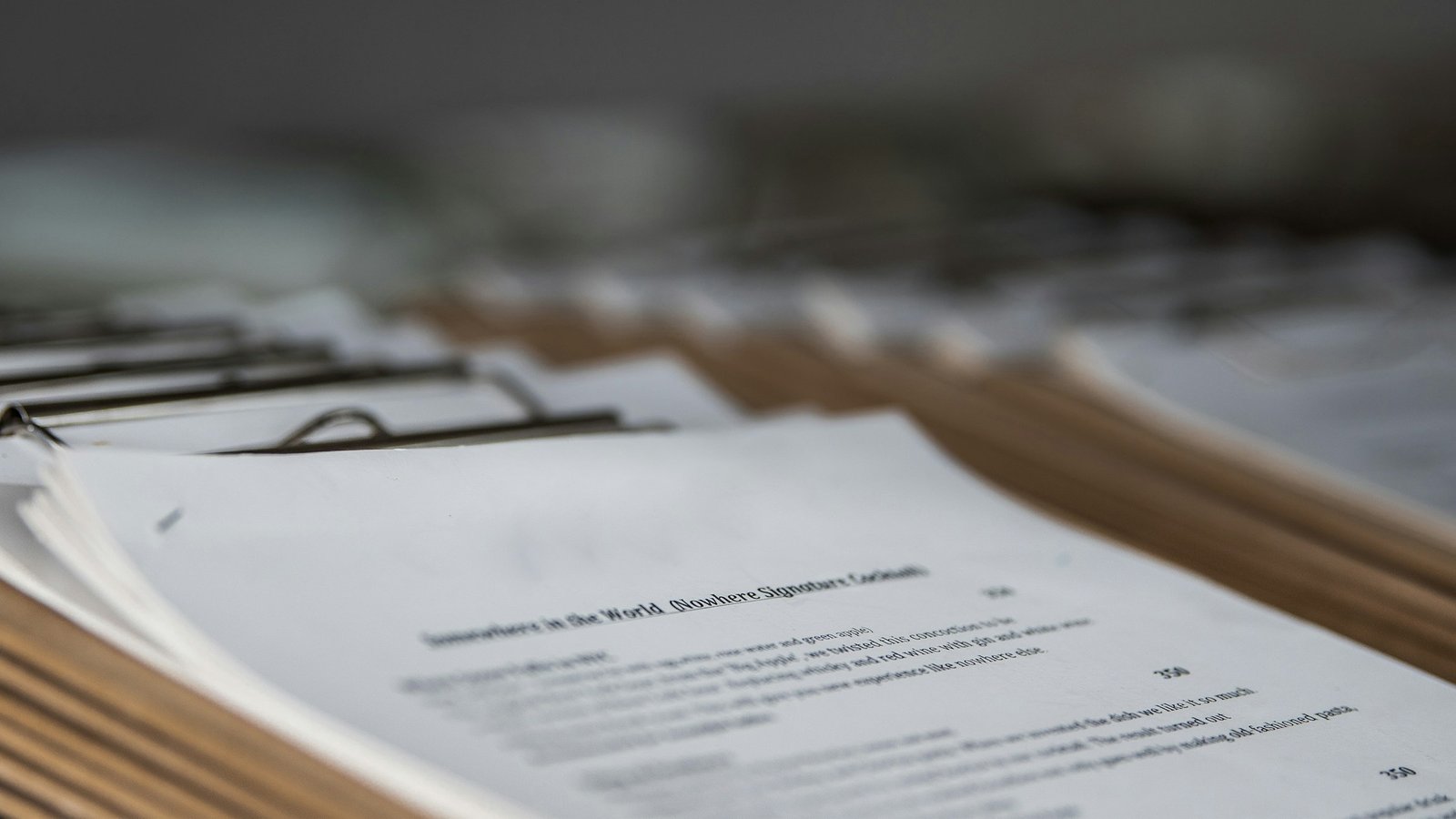
1
/
5
MEMBER STATES
VIEW ALL MEMBERS →Headquarters address.
Maritime Authority of Panama.
P.O. Box 0843-00533.
Diablo Height, Ancón
Republic of Panama.
REDMAMLA.ORG © 2025 – International Maritime Organization (IMO)
Design and development by pimba estudio & Lissette Moreno






